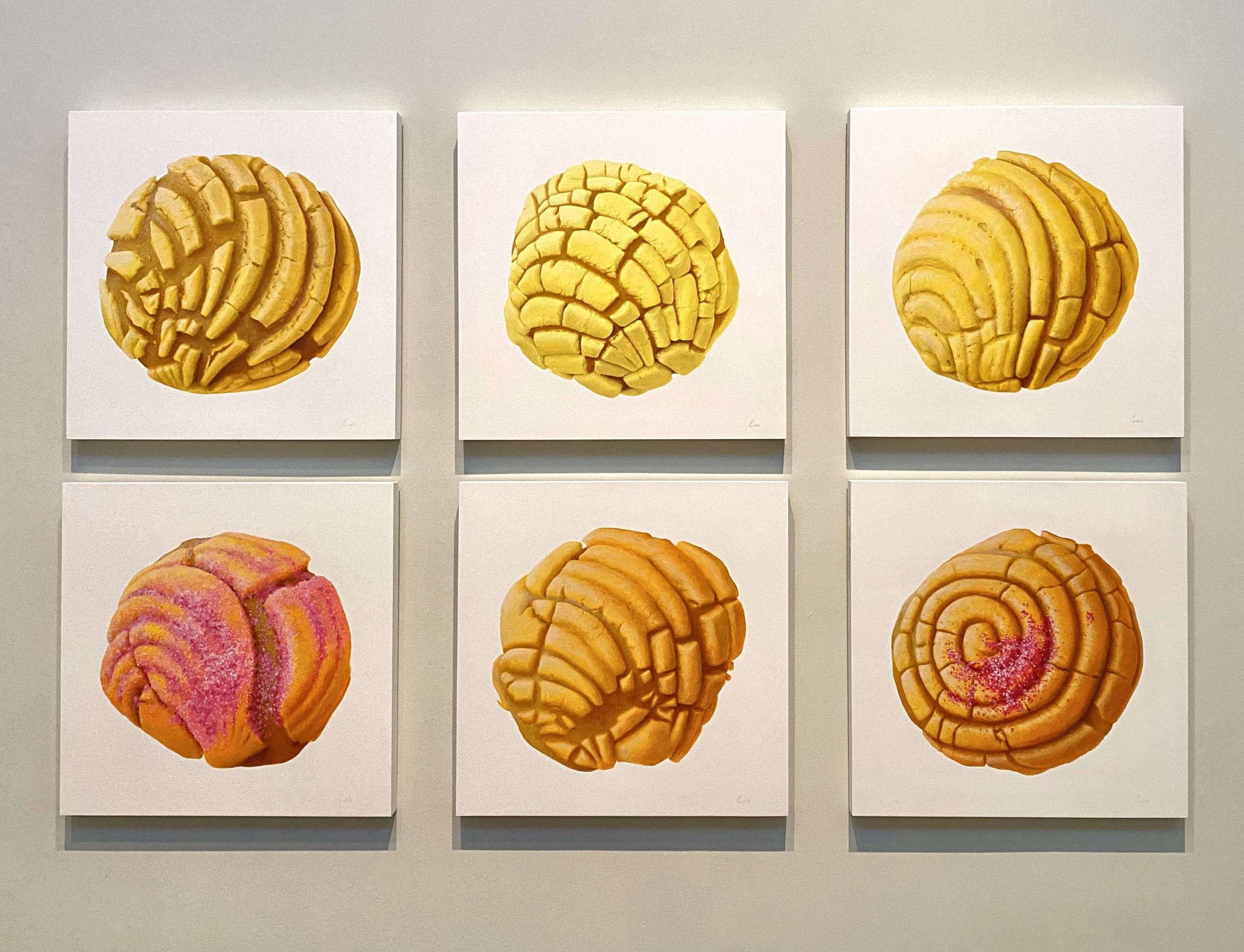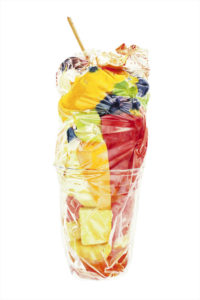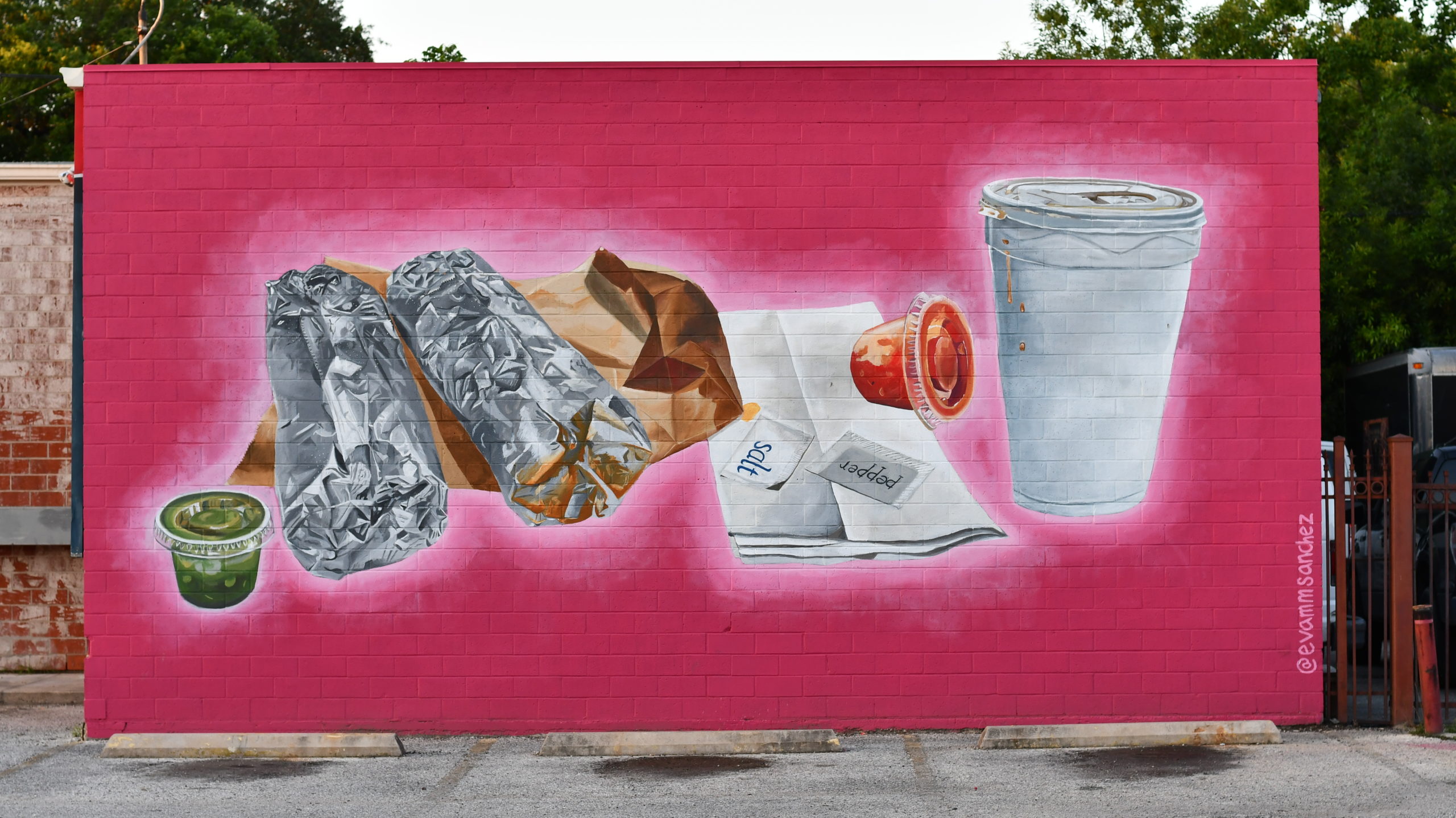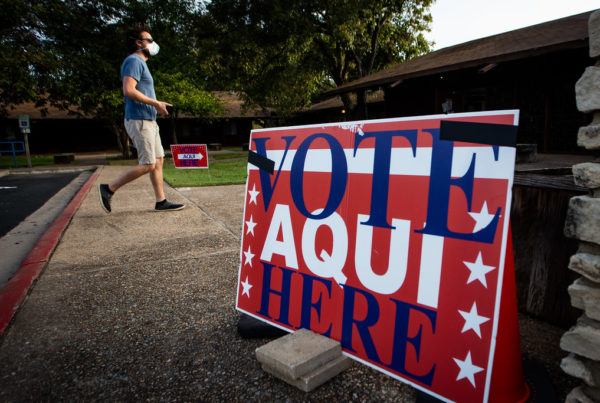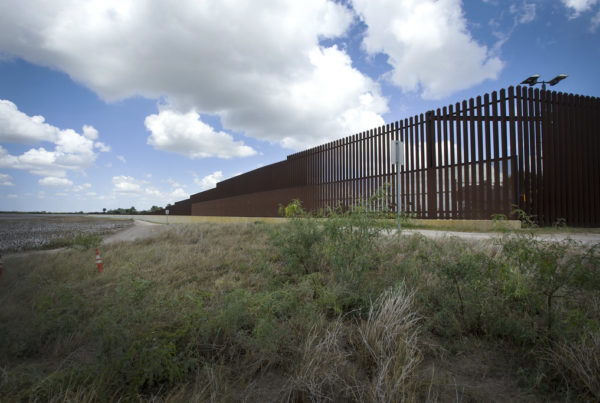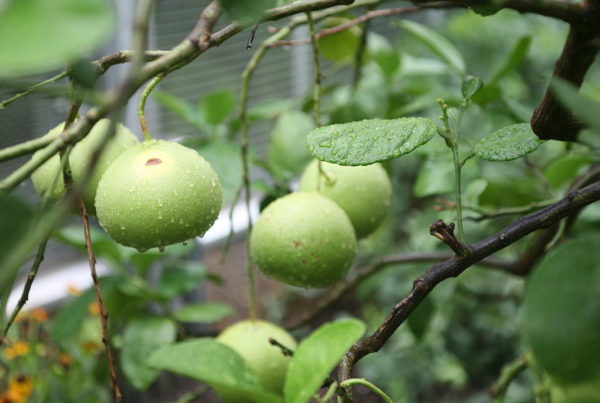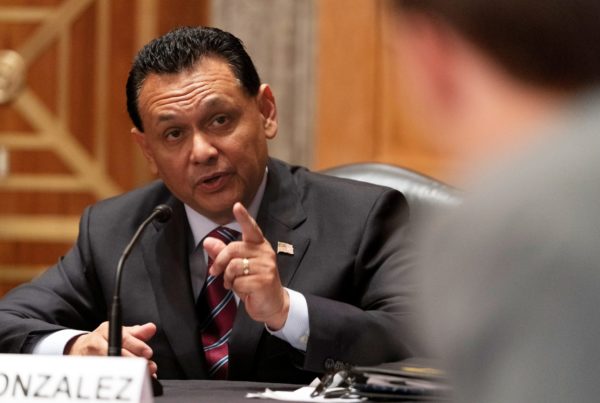Oil painter Eva Marengo Sanchez was born and raised in San Antonio, and she honors her city by painting the food its known for: paletas, cups of red and green salsa, conchas topped with sprinkles.
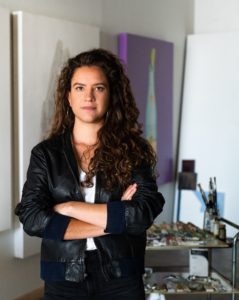
Painter Eva Marengo Sanchez. Courtesy photo
For Sanchez, food is inextricably linked with a person’s identity.
“I think there’s just this incredibly close connection between what we eat and who we are,” Sanchez told Texas Standard.
Her work is now on display as part of the McNay Art Museum’s “Art of SA Eats / Sabor” exhibit.
Listen to the interview above or read the transcript below to learn more about how Sanchez sees her work as an opportunity to elevate and celebrate everyday experiences.
This transcript has been lightly edited for length and clarity.
Texas Standard: You’ve contributed a series of portraits of conchas to the McNay exhibit. Tell us about those paintings: are those renderings based on real pastries or sweet memories?
Eva Marengo Sanchez: Yes, they’re each from specific bakeries in San Antonio. I see them as one piece. There’s six individual paintings and they’re all yellow conchas. The piece is called “Six Yellow Conchas”; it’s a celebration of culture. In my work, I try and remove as much environment as possible to highlight the beauty of things that I think we take for granted in our daily lives. So, they’re a celebration of just the aesthetic beauty and importance of our culture in ways that I think we sometimes take for granted.


